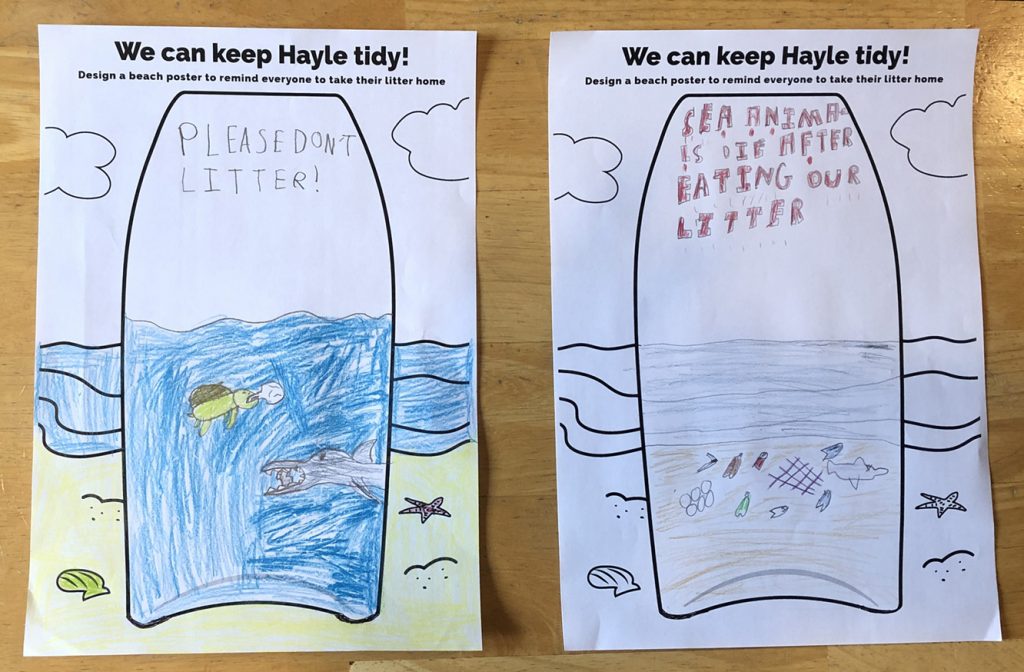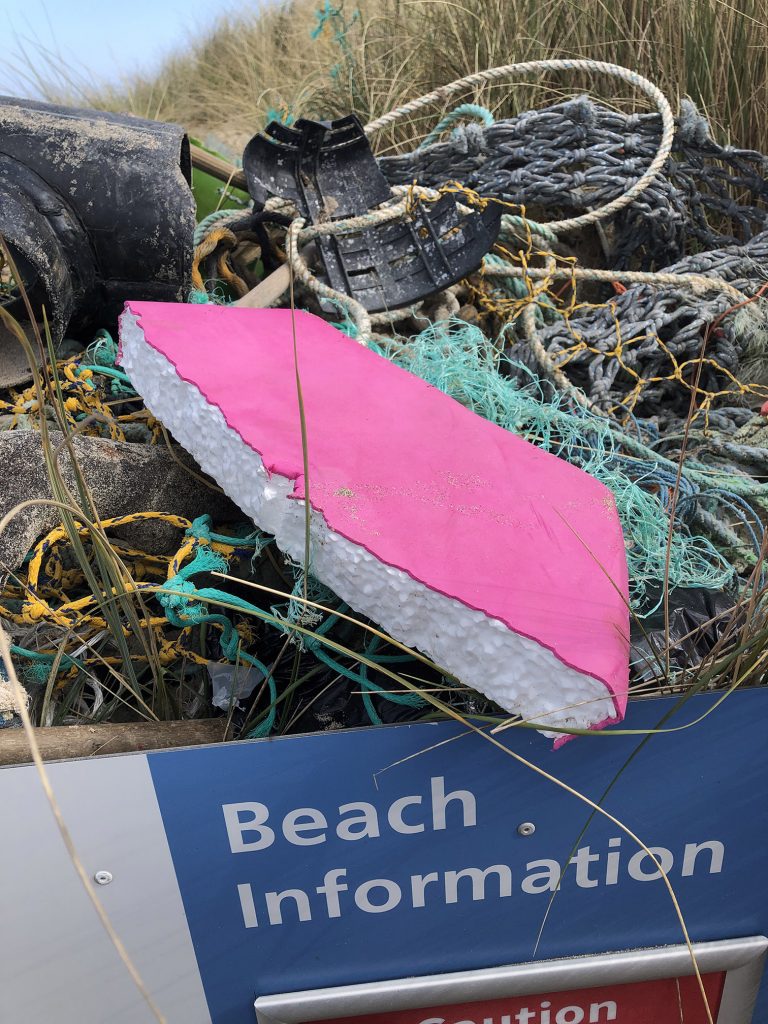I have found it slightly difficult to engage with UCD this week as so many of the principles seem to be product based or software design, and we are coming from the opposite direction. From the lecture I enjoyed Hefin Jones’ point about just spending time in the community he was serving, and in leaving the project to them. This reminded me of ethnographic research and how the perspective of the people you are designing for is incredibly important. The human connection was easier for me to grasp than fairly abstract discussions of user bases and software scrums.
During research I came across the concept of human centred design as well. I feel more drawn to this concept as a lot of the UCD concepts are aimed at commercial insight rather than problem solving. The two terms are fairly interchangeable, but I prefer the intrinsic warmth of human centred design.
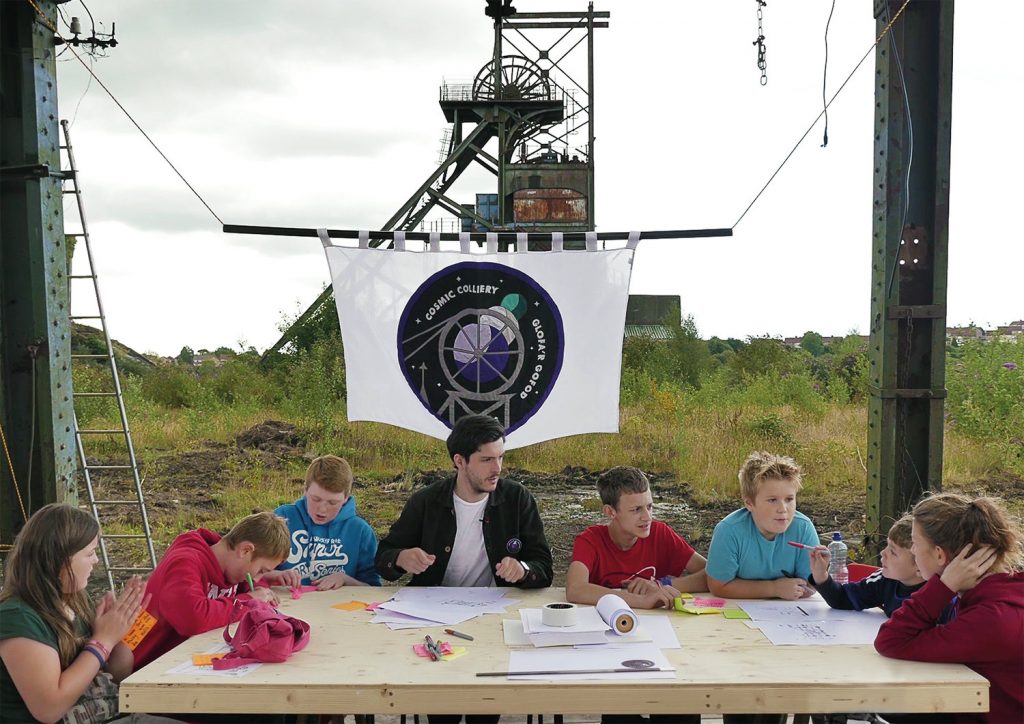
An example I found that brought this point home to me was the Embrace Innovations project. Design That Matters challenged a group of Extreme Affordability graduate students from Stanford to develop a low cost incubator. They had been tasked with finding ways to lower infant mortality in Nepal. They had originally thought the issue was a lack of incubators, and were prepared to design low-cost incubators to help tackle the problem. When they arrived in Nepal, they found there was no lack of incubators at all, they discovered the true problem lay in transporting the infants from their homes to the hospitals and in staying warm at home. Almost all infants were being born in isolated regions without medical care. Instead of developing a low-cost incubator program, they shifted to helping parents keep babies warm, eventually developing an insulated holder that gave the babies a fighting chance to reach the incubators in time as well as keeping them warm at home without electricity.
User centred design can help designers recognise problems they would not have seen at first glance. Context, research and discovery are vital to the process, and inform the every step of the way.
A UCD approach involves four distinct phases.
1) Context Phase
2) Requirements Phase
3) Design Phase
4) Evaluation Phase
User centred design is reliant on iteration. By iterating and evaluating at every stage the end result is informed and responsive, it also leaves space for innovation and new ideas.
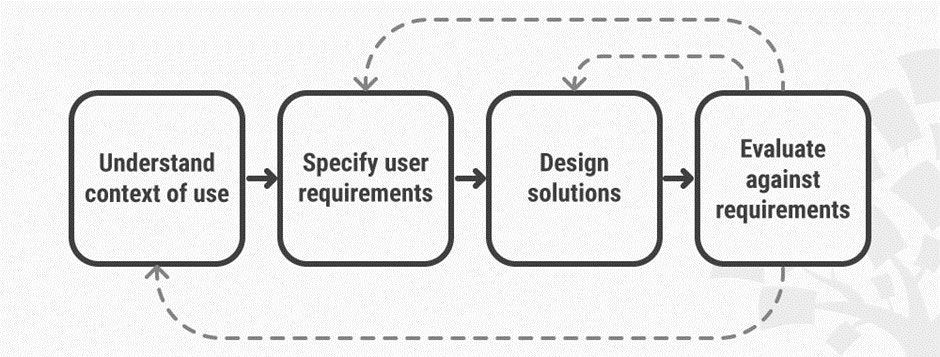
Workshop challenge
Research and discover issues that relate to your locality and post them on the Ideas Wall. Direct engagement and potential collaboration is encouraged to engage with relevant local communities to identify issues.
Distill your research to identify one issue you would like to resolve and reveal through a visual outcome.
Write a short 200-word project brief that reports on the issue to be solved.
Design and produce a visual summary to contextualise your issue and project brief. Your summary can be a digital, print or moving image, but it must be succinct, to enable third party viewers to quickly understand the requirements, needs and challenges.
I’ve been talking over local issues and have a call booked with the Green Party candidate in my town as well. I’ve come up with three issues in my town and local area.
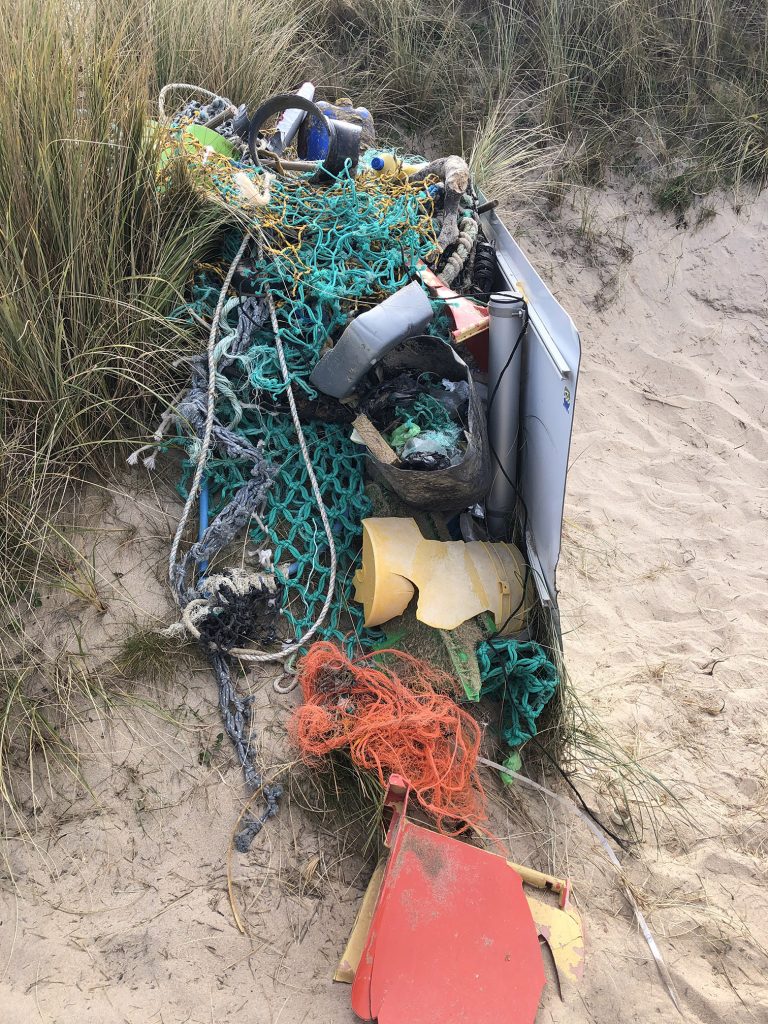
1. Beach litter – my town is a holiday destination, a huge influx of people on the beaches sadly means a huge uptick in beach litter. Cheap bodyboards are a particular issue, as they are made from flimsy polystyrene which breaks very quickly. People buy cheap beach toys and then abandon them at the end of their vacation, or chuck them in the dunes when they break. A particular menace is disposable bbqs – people will use them and then bury them in the sand as they don’t want to take the time for them to cool down properly and dispose of them. This is a huge hazard and people have burned their feet on hidden, but still very hot, bbqs.

2. Local development – Cornwall has a housing crisis in general. In my town a developer is building horrible tiny luxury houses and redeveloping North Quay. The houses being developed are overpriced and have no real affordable options, they aren’t suitable for long term living at all. They have also been dodgy with paying local workers and are only making token efforts at providing space for the local fishing industry. There are fears that they will try to make the beach private and have a negative impact on the community. There is also the broader issue of second home owners and empty properties.
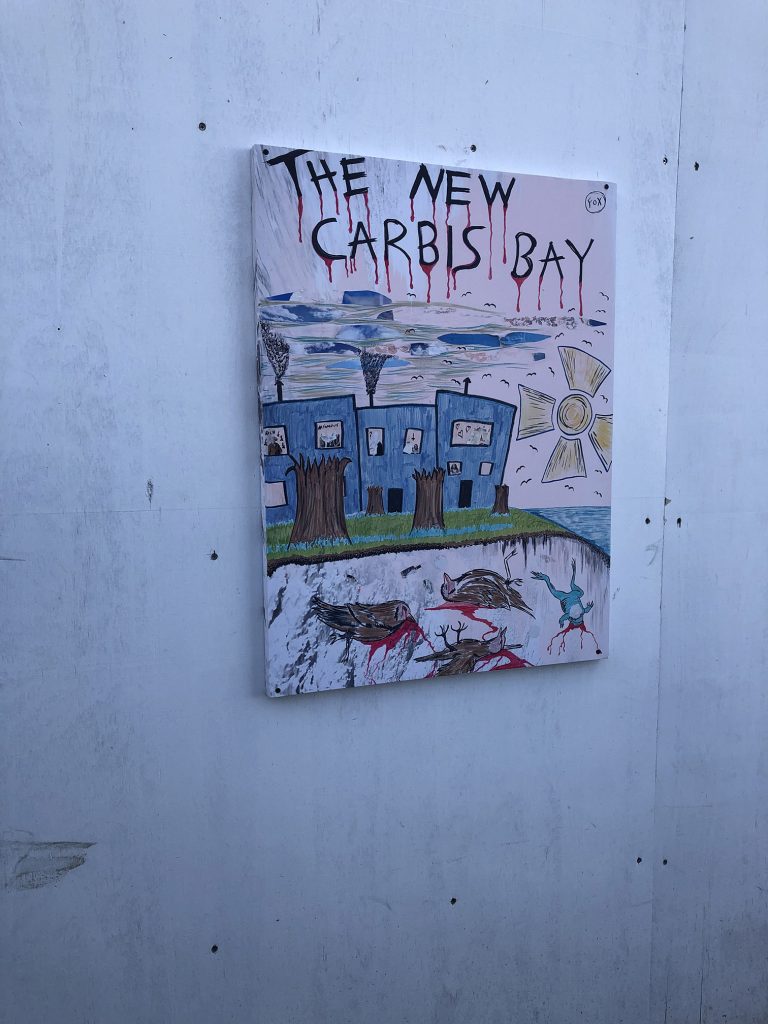
Following on from that is issue 3. The G7 Summit is being held in Carbis Bay – the Carbis Bay hotel are developing blocks of meeting rooms in the hillside and damaging the environment. They began clearing trees and cutting into the hillside before planning permission was even granted. In the past 10 years they have been redeveloping the hotel and beach into an exclusive resort, and with the pressure of the G7 Summit to present Cornwall in a good light globally, they are steamrolling local concerns. Political protests and disruption to local people will be a major issue during the summit.
The beach litter issue seems like one I could develop into a real project with a real impact, rather than a purely academic exercise. In the interest of User Centred Design I have been seeking out community input and will see how it develops. This is not a usual way of working for me, I am usually presented with final copy or introduced at a late stage of a project. I’m interested to see what develops.
Brief
Every year thousands of tonnes of rubbish are dumped on beaches. Cheap foam bodyboards and disposable bbqs are a particular issue. Plastics and broken glass litter the sand and choke the dunes. Our wildlife is harmed when cheap beach toys break and are abandoned or the remains of hot bbqs are left to injure walkers.
Over the past few years hundreds of broken bodyboards have been collected from beaches around Cornwall and Devon. Bad quality bodyboards break at the first use, releasing microplastics into the water. They have a tremendous carbon footprint and are very difficult to recycle.
Community beach cleans are a wonderful start, but what can the we do to solve this issue before it gets to that point? We need to keep the rubbish from being left in the first place. We need quality rubbish and recycling facilities that are cleaned and maintained regularly and easy to access from the beach. Let’s get together to keep our water clean and our beaches safe and inviting.
I made a short community engagement video that I can post on social media alongside an anonymous feedback form. I’m a bit nervous to post it as I’m not very active on social media at all. I might leave this as a theoretical or soft test it in a smaller neighbourhood group.
Another avenue would be to work with the local schools. I’ve made a simple poster that children can design and this could tie into other initiatives, such as community beach cleans. This would be an example of Participatory Design as well as a community outreach opportunity.
